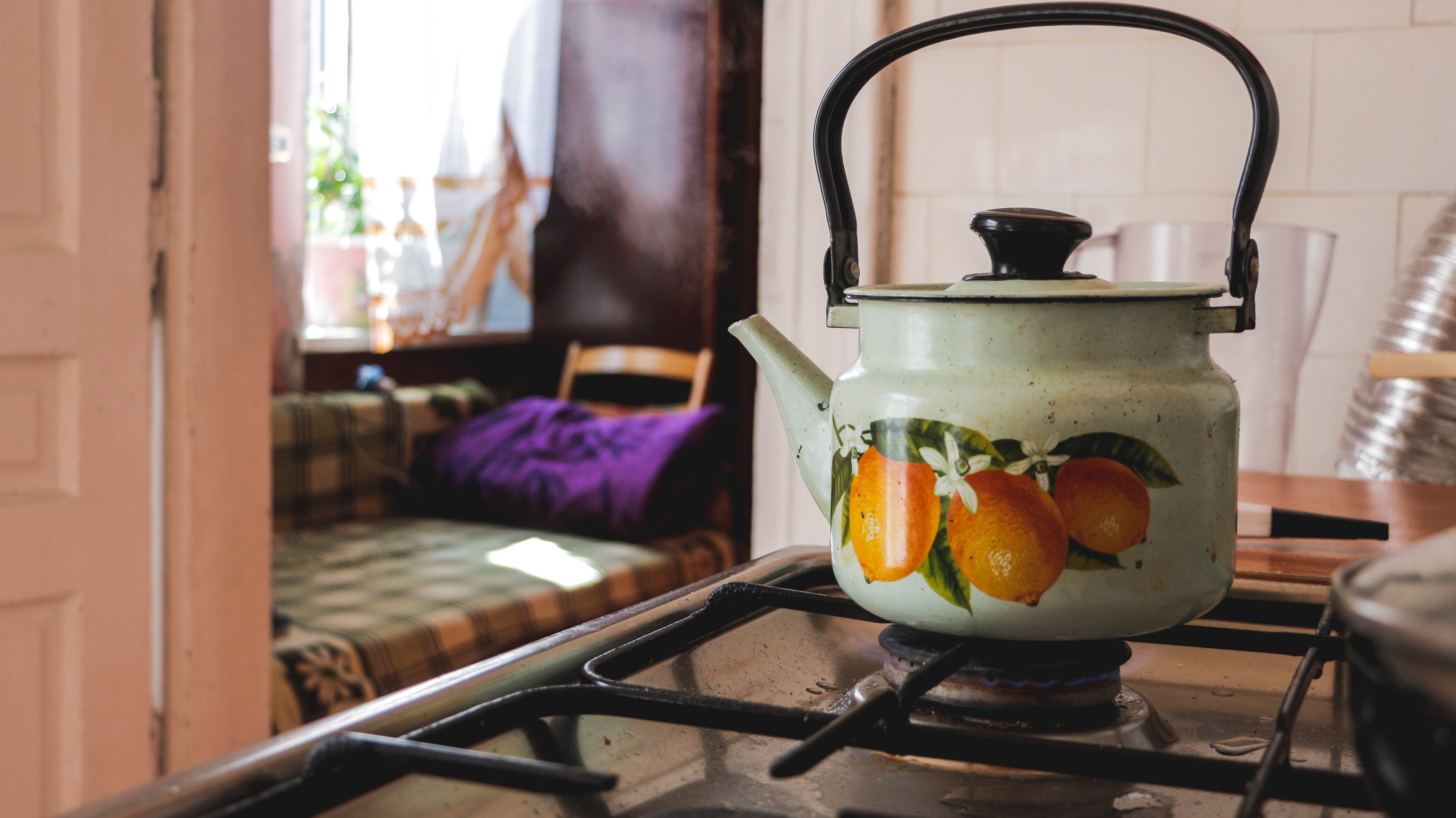How many of you still have a tea kettle in your place of residence? What is interesting about a tea kettle is the way it whistles when the tea has reached the boiling point. Have you ever wondered why the whistling sound is made? In 2013, some researchers in Cambridge unlocked the mystery of the sound. They found that “as steam comes up the kettle’s spout, it meets a hold at the start of the whistle, which is much narrower than the spout itself. This contracts the flow of steam as it enters the whistle and creates a jet steam passing through it. The steam jet is naturally unstable, like the jet of water from a garden house that starts to break into droplets after it has travelled a certain distance. As a result, by the time it reaches the end of the whistle, the jet of steam is no longer a pure column, but slightly disturbed. These instabilities cannot escape perfectly from the whistle and as they hit the second whistle wall, they form a small pressure pulse. This pulse causes the steam tor form vortices as it exits the whistle. These vortices produce sound waves, creating the comforting noise that heralds a forthcoming cup of tea” (University of Cambridge, “How the Kettle Got Its Whistle,” org, October 25, 2013, https://phys.org/news/2013-10-kettle.html). What is interesting about this is what causes the whistle—unrest. This has often been compared to anger. It’s easy to see why. Anger, like tea, stews, boils, gets hot, and all that unrest causes a loud noise that is completely out of control.





